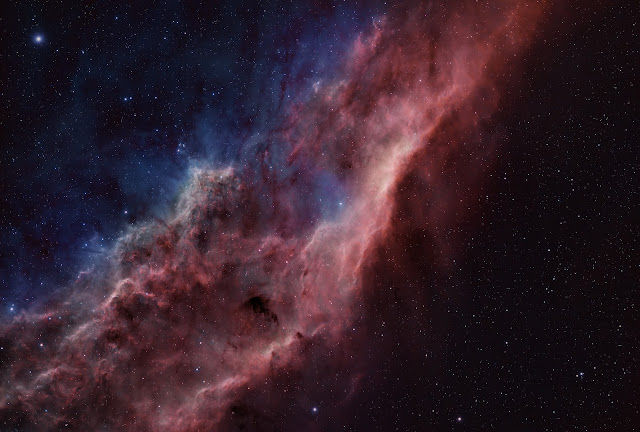I too have endurred a few recent problems with the DDG focusser on the FLT110 scope and will need to be replaced for sure. So I have for the purpose of this comet removed the Starlight express and replaced it with the Canon 40D. Better for short exposures on what was the guide scope William optics GT81. Offering a nice 2.6 x 1.7 degree fov. The GT 81 boast a flat field lens which performed well on it's first test with the Canon. No coma issues at all.
So my aim was to:
Capture enough frames to put together an animation showing its motion.
Use Deep sky stacker software to Comet stack, Star stack and merge the two together.
The final result is noisy for two reasons capture was @Iso 1600 and there were no calibration frames used. (no time to acquire them) It is also a shame that 4 minute exposures was never going to be long enough to capture the Heart & soul nebula that it lies between in my image.
So first up the animation. 14 frames of 4 minute exposures separated by 1 minute intervals.
Next the comet stack from Deep sky stacker. Sigma clipped to remove most of the stars.
Final processed image of star field & comet.
I think I will also try the same process in maxim as the stars are not right. But for now it is another comet bagged & tagged.
That reminds me I will have to dig out some of my comet Hale Bopp photos and scan them in and post. Them were the days when comets had 2 tails you could see naked eye. We need another Hale Bopp.





